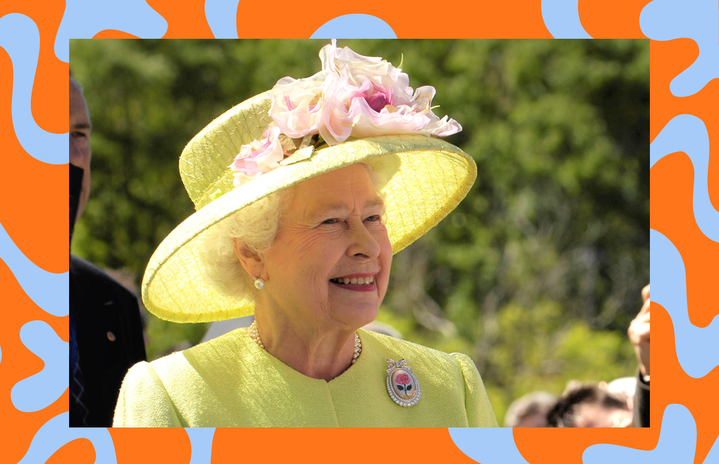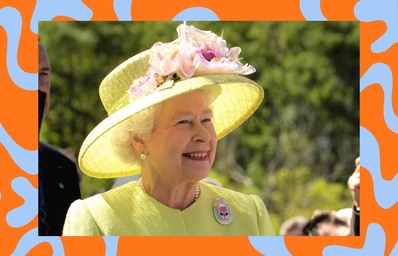As a generation we have grown up with few, although a slowly increasing number of, female political figures and thus the shift back towards a male monarch after the passing of Elizabeth II seems somewhat like a waver in the progression of feminism on a world stage. Elizabeth II had been credited as a constant force throughout a tumultuous time for her country, a sentiment poignant during the Covid 19 pandemic, but one of her greatest legacies is as a female leader. Although not democratically elected, Elizabeth II was the figurehead of a family and a nation, handling the politics both inside and outside the walls of the palace with grace and stoicism, a fitting play on traditional gender roles in both spheres. This article will look at the legacy of Elizabeth II’s reign from a feminist standpoint, celebrating her time as a female leader and discussing how influential she really was for women’s progression in world politics.
Although Elizabeth II often took a more apolitical position, which is something she is often criticised for by some feminists, her image has been serving as a source of inspiration for upcoming female leaders for the past 70 years. In 1952, the year of her coronation, women were overwhelmingly confined to the domestic sphere. With her reign having been described as a “masterclass” in leadership for women by Forbes magazine, Elizabeth II was one of the first role models for women who were looking to become leaders. Although often criticised for her largely symbolic role as a monarch, it is precisely the imagery surrounding Elizabeth II’s Queenship that marks her out as an influential female leader. As Kim Campbell, the former prime Minister of Canada, noted, “every time women or nontraditional people do something that’s that important and visible, it changes our sense of who gets those jobs” , thus just by being ‘the first’ and providing the image of a woman in power, Elizabeth II acted as a significant source of inspiration and encouragement for women stepping onto the political ladder, or indeed entering any leadership role.
The success of Elizabeth’s reign is often attributed to her ability to balance opposing extremes. Initially, it was the tension between her position as a young woman and her role as a head of state in a male dominated world, and eventually building into a delicate maintenance of tradition whilst embracing progress. Although not the first female monarch, Elizabeth II saw the role of the monarchy and the status of the British commonwealth change dramatically throughout the course of her reign. Her refusal to be fazed by change and her embrace of progress was summed up in her first Christmas address to the nation in 1952; “Many grave problems and difficulties confront us all, but with a new faith in the old and splendid beliefs given us by our forefathers, and the strength to venture beyond the safeties of the past, I know we shall be worthy of our duty” . From decolonisation to the takeover of television, the decline of the aristocracy and country house to the rise of the female politician, the world Elizabeth II entered as a young queen is very different from the one she left behind. Elizabeth II saw that the monarchy adapted to and embraced these challenges, utilising her ‘soft power’ to encourage cooperation, communication and change.
Alongside her role as head of state, Elizabeth II also acted as a head of the family. A devoted wife, mother, grandmother and great grandmother, she has moulded and shaped the leaders of tomorrow. When asked by Jacinda Arden, Prime Minister of New Zealand, for advice on balancing the duties of being a mother and a national leader, Elizabeth II simply replied “Well, you just get on with it”. This collected, composed and unperturbed approach to the challenges she faced within both familial and monarchical structures highlights Elizabeth II’s attitude towards her life roles. Her sense of duty and purpose as a wife, mother and Queen drove her persistence and commitment to those around her, whether adhering to promises from her wedding day or her coronation.
It is estimated that 250,000 people waited in line to visit the late Queen’s coffin and her state funeral was watched by around 28 million viewers in the UK alone. Such a large display of grief and respect suggests that we are not merely mourning the loss of a leader or monarch, but a remarkable woman who dedicated her life to serving her country.


